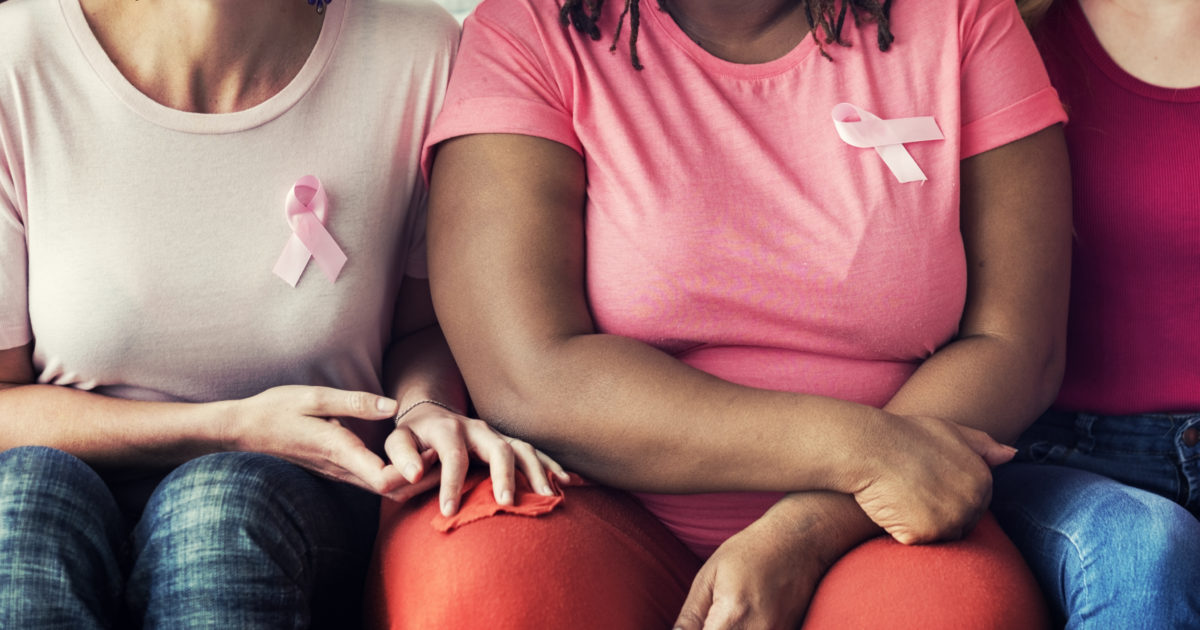 By Ferriss Roberts
By Ferriss Roberts
One in eight woman will be diagnosed with breast cancer in her lifetime. This year, about 320,000 women will be diagnosed with breast cancer. More than 40,000 women will die from breast cancer this year. There are an estimated 3.1 million breast cancer survivors currently living in the US.
At 27, I understand that I am one in eight but could one day be the one. All I can do now is focus on what’s in my control and understand my risk (and encourage my mother and the women in my life to self-check and get their annual mammogram!).
Who are these women?
They’re our mothers, grandmothers, sisters, aunts, nieces, friends – old and new – friends of friends and our co-worker sitting next to us. She is a teacher, a writer, a business owner and a volunteer. It’s my college best friend’s mom and it’s my mom’s best friend from college – they are the 3.1 million survivors. It’s my aunt, who beat breast cancer but died from pancreatic cancer only two years later. When we quantify breast cancer by the women we know, the one in eight feels personal. We wonder, “Why them?” And we can’t help but wonder if we’ll be the one in eight one day.
How does breast cancer usually form?
Cells in our body are multiplying all the time. Breast cancer usually starts in milk ducts (or lobules) when our cells mutate abnormally, causing cancerous tumors that invade surrounding tissue and start to spread to parts of the body. Our “breast cancer 1 and 2” (BRCA1 and BRCA2) genes repair cell damage and help keep breast, ovarian and other cells growing normally – but a mutation in either the BRCA1 or BRCA2 gene can turn healthy cells into cancerous cells.
Most women who get breast cancer don’t have the inherited gene mutation, but it’s helpful to know if you have it by getting tested to understand your risk.
Am I at risk? And what can I do about it?
The answer always seems the same: exercise, maintain a healthy weight, limit alcohol intake and don’t smoke. There is no clear cause of breast cancer so it’s important to focus on what is in your control: taking care of yourself. Know your body and know your risk – and if you’re at high risk.
Though not common, men can be diagnosed with breast cancer. Being a woman increases my risk of getting breast cancer – but am I at high risk?
High risk
Women at high risk can receive care at the Mission Breast Program High Risk Clinic. “High risk” includes women with:
- A first-degree relative with breast cancer (mother, sister, father)
- A relative with breast cancer younger than age 50
- A family member with ovarian cancer
- More than two family members on one side of the family (mother or father) with breast cancer
- A family member with a BRCA1/2 mutation
- A history of a breast biopsy showing atypical lobular or ductal hyperplasia or lobular carcinoma in situ
- Ashkenazi Jewish heritage
- Multiple family members with cancer
Manage your risk
Knowledge is power – being educated is the best thing you can do to manage your risk and detect breast cancer early.
- Learn your breast density (here’s how)
- Self-check your breasts – TLC! (here’s how)
- Get a mammogram! 40 is the recommended age to start getting mammograms once a year, however, if you have a family history of breast cancer, get a mammogram 10 years younger than the age a family member was diagnosed. (here’s what you can expect at your first mammogram)
- Get tested for mutated BRCA1 or BRCA2 if you have a family member with the gene mutation or other mutation linked to breast cancer, or have a personal history of breast cancer at age 45 or younger.
- Be selfish – take care of yourself! Enjoy alcohol sparingly and responsibly, eat more whole foods and less processed foods and keep your body moving (even if it’s only a little bit!).
Breast cancer is personal: educate and take care of yourself, and educate some other women along the way.
Sources: CDC and Mission Health
